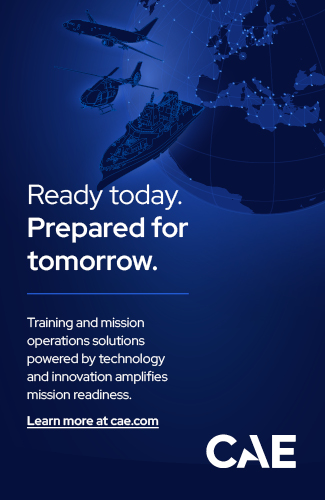Despite an upgrade of the P-3C that has since been cancelled, its ability to hunt submarines is assured. This is because the navy is expecting the first P-8A Poseidon aircraft as early as next year.
The Maritime Patrol Aircraft (MPA) make a significant contribution to the capability of long-range reconnaissance at sea and long-range anti-submarine defence from the air and thus remain indispensable for the German Navy.
As with many other major projects of the Air Division of the Federal Office of Bundeswehr Equipment, Information Technology and In-Service Support (BAAINBw), the P-8A Poseidon procurement programme is also embedded in a multinational complex. Therefore, following the parliamentary discussion in June 2021, the Bundeswehr signed a contract for the procurement of five P-8A Poseidon aircraft from the American aircraft manufacturer Boeing. The need for
Access?
- Access to all articles from the marineforum magazine
- Easy payment via PayPal, direct debit or credit card
- The subscription can be cancelled at any time free of charge
- Free of charge for MOV members










